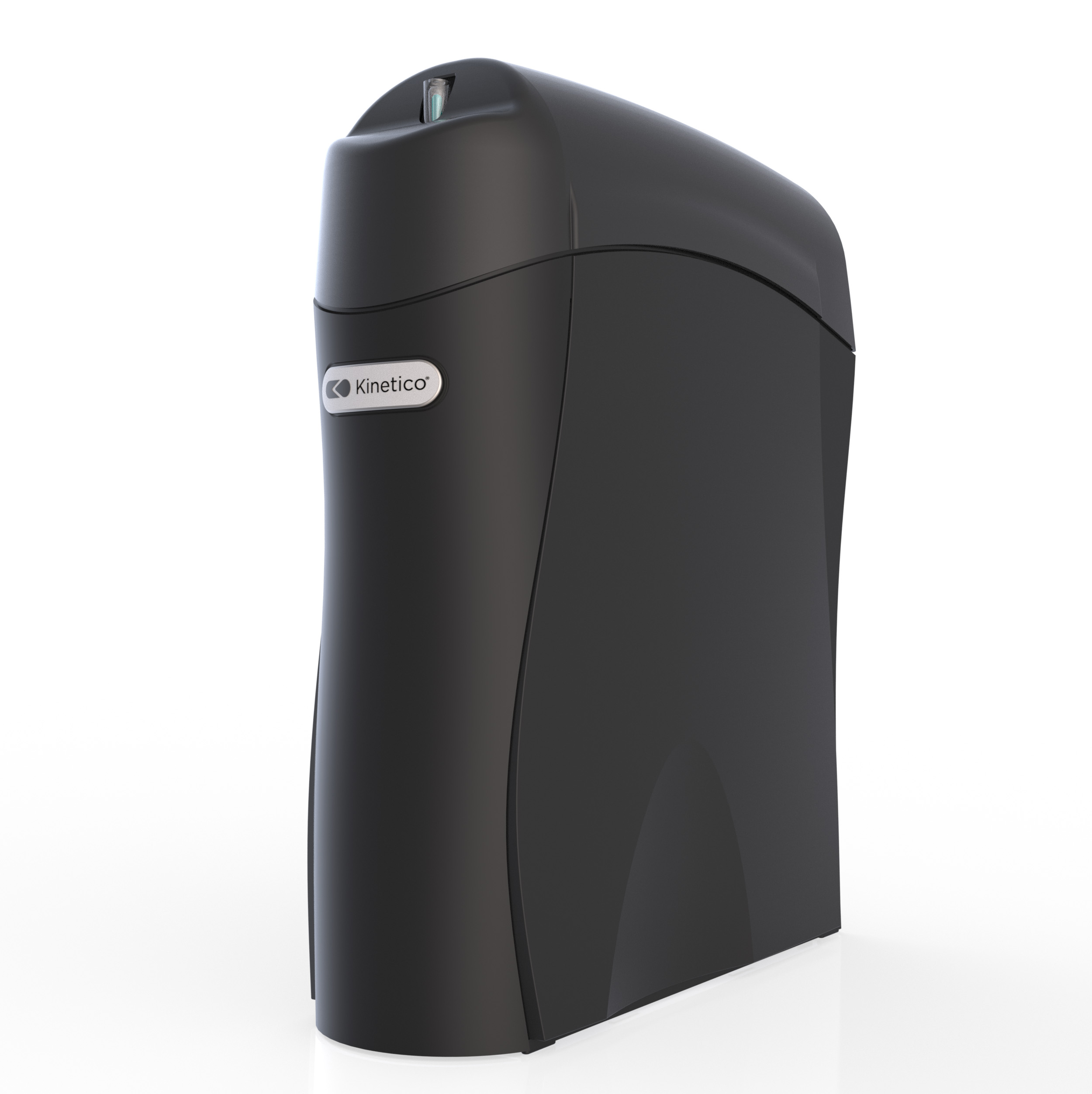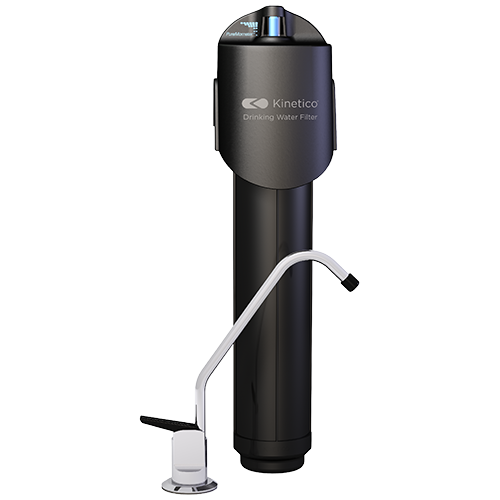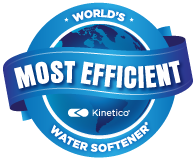Drinking Water Systems For Better Water Quality
Drinking Water Systems For Better Water Quality
Drinking water quality can no longer be taken for granted, especially when it comes to protecting your family from harsh water. Private well water can be affected by any number of contaminants. Even municipally treated water that meets all federal guidelines can contain bacteria, viruses, protozoa, as well as several other contaminants. We can identify what’s in your water with a free water analysis, build the water system that best suits your treatment needs, and provide you with the best drinking water possible without plastic bottle waste.
Our Drinking Water Systems
AIM Water is your local source for Kinetico Water Treatment Systems for your home or business. Kinetico is known for brilliantly simple water treatments that are tailored to your home.
Benefits of A Drinking Water System
Prevent Bacteria
Remove harmful contaminants from your drinking water.
Cleaner & Healthier Water
Experience cleaner, healthier, and better tasting drinking water.
Reduce Plastic Waste
Get better quality water without plastic bottle waste.





